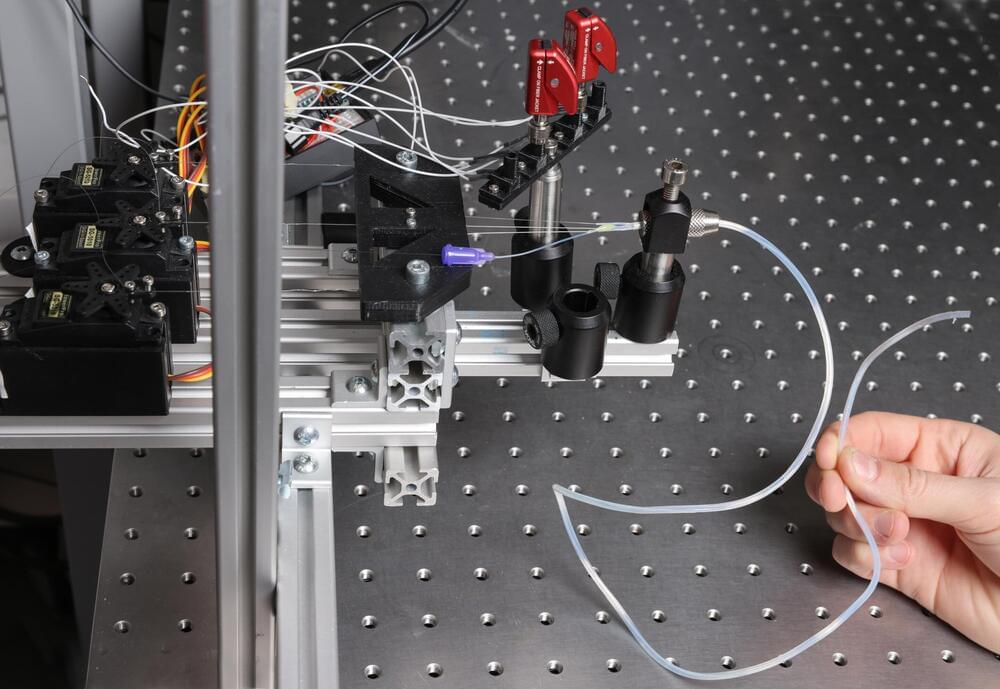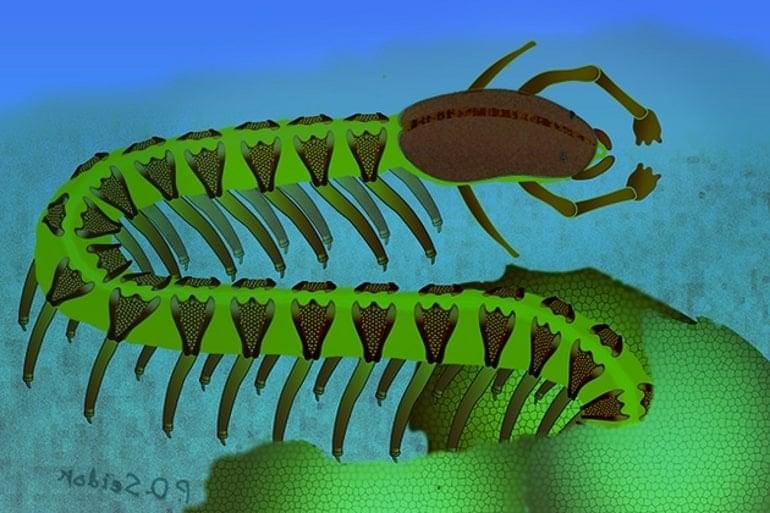Yakir Aharanov, winner of the U.S. Presidential Medal of Science, summarizes the main ideas behind the two-state vector formalism.
Get the latest international news and world events from around the world.
Why is Everettian quantum theory “not in the consensus”?
At the research workshop on the Many-Worlds Interpretation of Quantum Mechanics at the Center for Quantum Science and Technology, Tel-Aviv University, 18–24 October 2022, Prof Lev Vaidman asked: “Why is the many-worlds interpretation not in the consensus?” This was my answer.

Giant Musk ‘Goat’ statue arrives at Tesla factory in crypto stunt
😗
Elon GOAT Token’s efforts to deliver the statue landed the company on Twitter’s U.S. trending page. Musk purchased the social network last month, causing an upheaval with mass layoffs, departed advertisers and potential changes to the process of obtaining a Twitter Blue check mark.
Costing a total of $600,000, according to Elon GOAT Token, the Musk sculpture is a nod to the billionaire’s fame — a rocket representing SpaceX, the spacecraft company Musk founded; and the literal goat, a word that is also used as an acronym for the phrase “Greatest Of All Time.”
Spooky entanglement revealed between quantum AI and the BBC
QC: Still not actually useful, but it’s increasingly intriguing.


Green light for path to UK’s first ‘electric motorway’
• Through Innovate UK, the Department for Transport has commissioned a Costain led consortium to assess the economic and technical potential of the UK’s first ‘eHighway’
• The study is part of the UK government’s plan to reach zero net emissions for heavy road freight.
• It aims to demonstrate the technology is ready for a national roll-out.

Steerable soft robots could enhance medical applications
Borrowing from methods used to produce optical fibers, researchers from EPFL and Imperial College have created fiber-based soft robots with advanced motion control that integrate other functionalities, such as electric and optical sensing and targeted delivery of fluids.
In recent decades, catheter-based surgery has transformed medicine, giving doctors a minimally invasive way to do anything from placing stents and targeting tumors to extracting tissue samples and delivering contrast agents for medical imaging. While today’s catheters are highly engineered robotic devices, in most cases, the task of pushing them through the body to the site of intervention continues to be a manual and time-consuming procedure.
Combining advances in the development of functional fibers with developments in smart robotics, researchers from the Laboratory of Photonic Materials and Fiber Devices in EPFL’s School of Engineering have created multifunctional catheter-shaped soft robots that, when used as catheters, could be remotely guided to their destination or possibly even find their own way through semi-autonomous control. “This is the first time that we can generate soft catheter-like structures at such scalability that can integrate complex functionalities and be steered, potentially, inside the body,” says Fabien Sorin, the study’s principal investigator. Their work was published in the journal Advanced Science.


Scientists Invent ‘Quantum Watch’, a Mind-Bending New Way to Measure Time
“To our knowledge, the concept of obtaining time fingerprints, and therefore avoiding the need to measure time zero, is completely novel,” Berholts said in an email. She added that the new invention is a watch, not a clock, because “a clock requires keeping track of time” whereas “a watch simply provides the time.”
“The quantum watch provides a fingerprint representing a specific time, and hence only requires interaction when initiating and reading out the time,” she explained. “All other devices require keeping track of time. This differentiation comes from the fact that the quantum watch, unlike all the other clocks, measures times in a different way.”

525-Million-Year-Old Fossil Defies Textbook Explanation for Brain Evolution
Summary: The fossil of a 525-million-year-old tiny sea creature with a preserved nervous system may solve a century-long debate about how the brains of arthropods evolved.
Source: University of Arizona.
Fossils of a tiny sea creature that died more than half a billion years ago may compel a science textbook rewrite of how brains evolved.